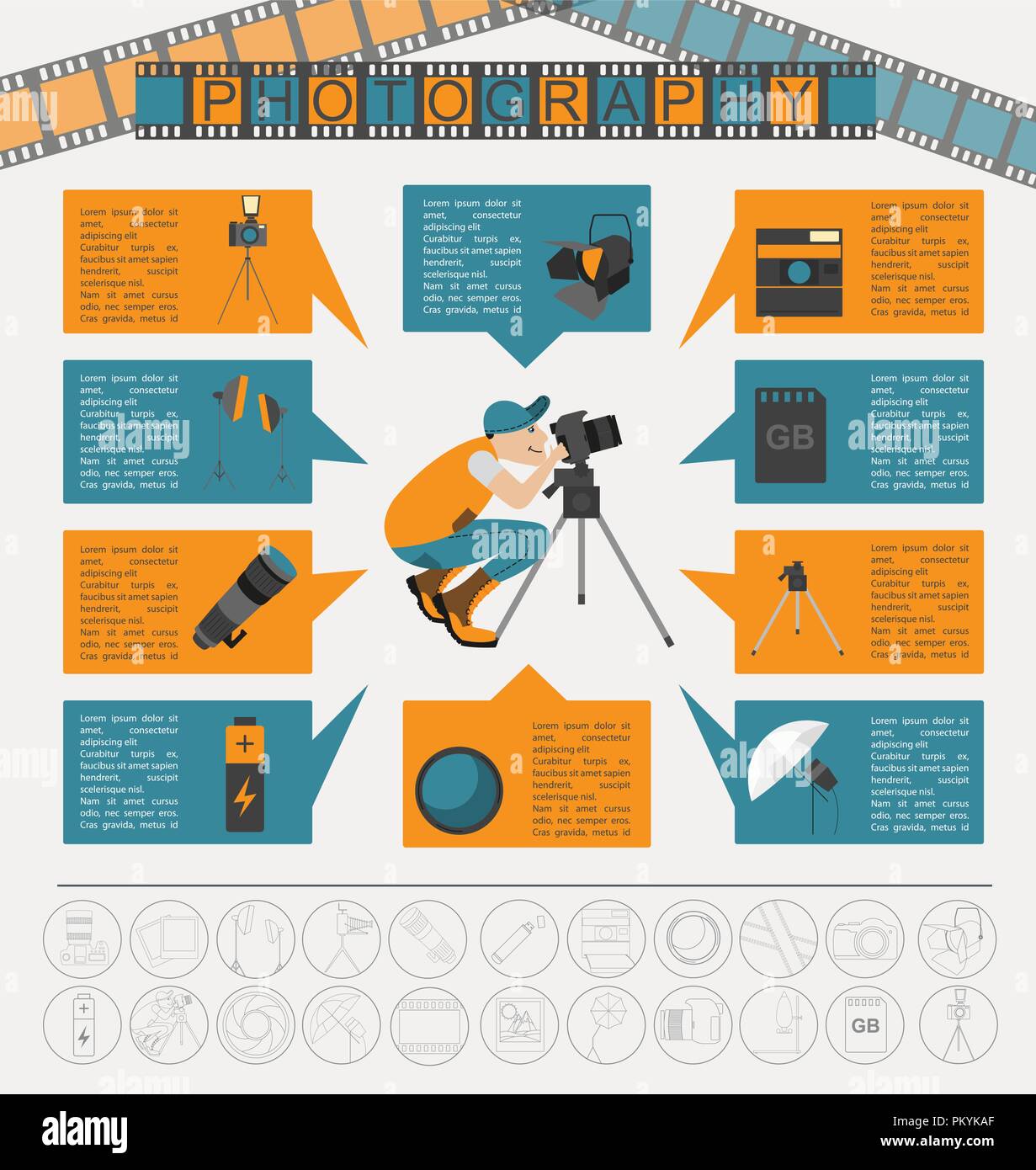Digital Photography Tips For Beginners: Mastering Your Cam In No Time At All
Digital Photography Tips For Beginners: Mastering Your Cam In No Time At All
Blog Article
Web Content Composed By-Barrett Elmore
When you first grab your electronic camera, it can really feel frustrating with all the settings and options readily available. You may find yourself asking yourself how to browse aperture, shutter rate, and ISO successfully. Grasping On location Photography is essential, yet there's more to photography than simply technical knowledge. Recognizing structure strategies and lights conditions can raise your pictures significantly. So, what happens if you could find out simple methods to improve your abilities and begin catching remarkable pictures sooner than you assume? Let's discover just how to transform your digital photography journey.
Recognizing Video Camera Setups
Recognizing your electronic camera setups is critical for catching stunning pictures. When you pick up your cam, acquaint yourself with the three main settings: aperture, shutter rate, and ISO. Each plays an essential role in how your images end up.
Begin with aperture, which regulates the amount of light getting in the lens. A larger aperture (lower f-number) lets in much more light and creates a stunning history blur, perfect for portraits. On the other hand, a narrower aperture (higher f-number) maintains more of the scene in emphasis, ideal for landscapes.
Next, concentrate on shutter rate. This setting establishes how much time your cam's sensing unit is revealed to light. A fast shutter speed ices up activity, which is great for activity shots, while a sluggish shutter rate can create stunning effects like smooth water in landscapes.
https://zenwriting.net/norris22crysta/easy-ways-to-boost-your-portrait-photography but not least, readjust your ISO. This setup influences your camera's sensitivity to light. A greater ISO works in low-light situations however can introduce sound or grain. Aim for the lowest ISO possible while still accomplishing correct exposure.
Structure Techniques
When you're out shooting, composition can make all the distinction in how your photos resonate with customers. Beginning by using the rule of thirds; picture your structure split into nine equivalent areas with two straight and 2 upright lines. Position key elements along these lines or at their crossways to develop equilibrium and passion.
Next off, consider leading professional application photo . These all-natural lines in your scene, like roads or rivers, attract the visitor's eye right into the photograph, guiding them through the story you're telling.
Don't ignore framing; usage components within your scene, like trees or windows, to create a structure around your topic, adding depth and emphasis.
Also, keep an eye on your background. A messy background can distract from your primary topic, while a straightforward one aids it stand out.
Last but not least, experiment with balance and patterns; they can develop a striking photo that captures interest.
Learning Lights Conditions
Grasping illumination problems is vital for catching spectacular pictures, as the ideal light can change an average scene into something extraordinary.
Beginning by observing natural light at different times of the day. Early mornings and late afternoons offer the most effective light, referred to as the golden hour. The soft, cozy tones throughout these times can boost your pictures beautifully.
Don't shy away from overcast days either; diffused light can lessen extreme darkness and develop a pleasing impact, specifically for pictures.
Try out backlighting by placing your topic versus the light source. This strategy can create a wonderful halo effect and include deepness to your images.
Pay attention to your video camera setups as well. Readjust the ISO, aperture, and shutter speed to fit the illumination conditions. A greater ISO can help in low light, however beware of grain.
Make use of a tripod in darker environments to avoid blur.
Lastly, don't neglect man-made lighting. Flash and continuous lights can be great tools for controlling light in difficult conditions.
Verdict
Finally, grasping your electronic camera does not have to be overwhelming. By comprehending your settings, applying make-up techniques, and harnessing the power of all-natural light, you'll quickly elevate your photography skills. Keep in mind, practice makes best, so get out there and experiment with your newly found knowledge. With time and commitment, you'll be recording spectacular pictures that show your special point of view. Appreciate the trip, and don't neglect to have fun while you're at it!
